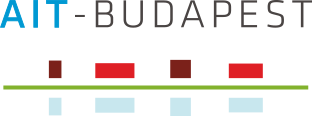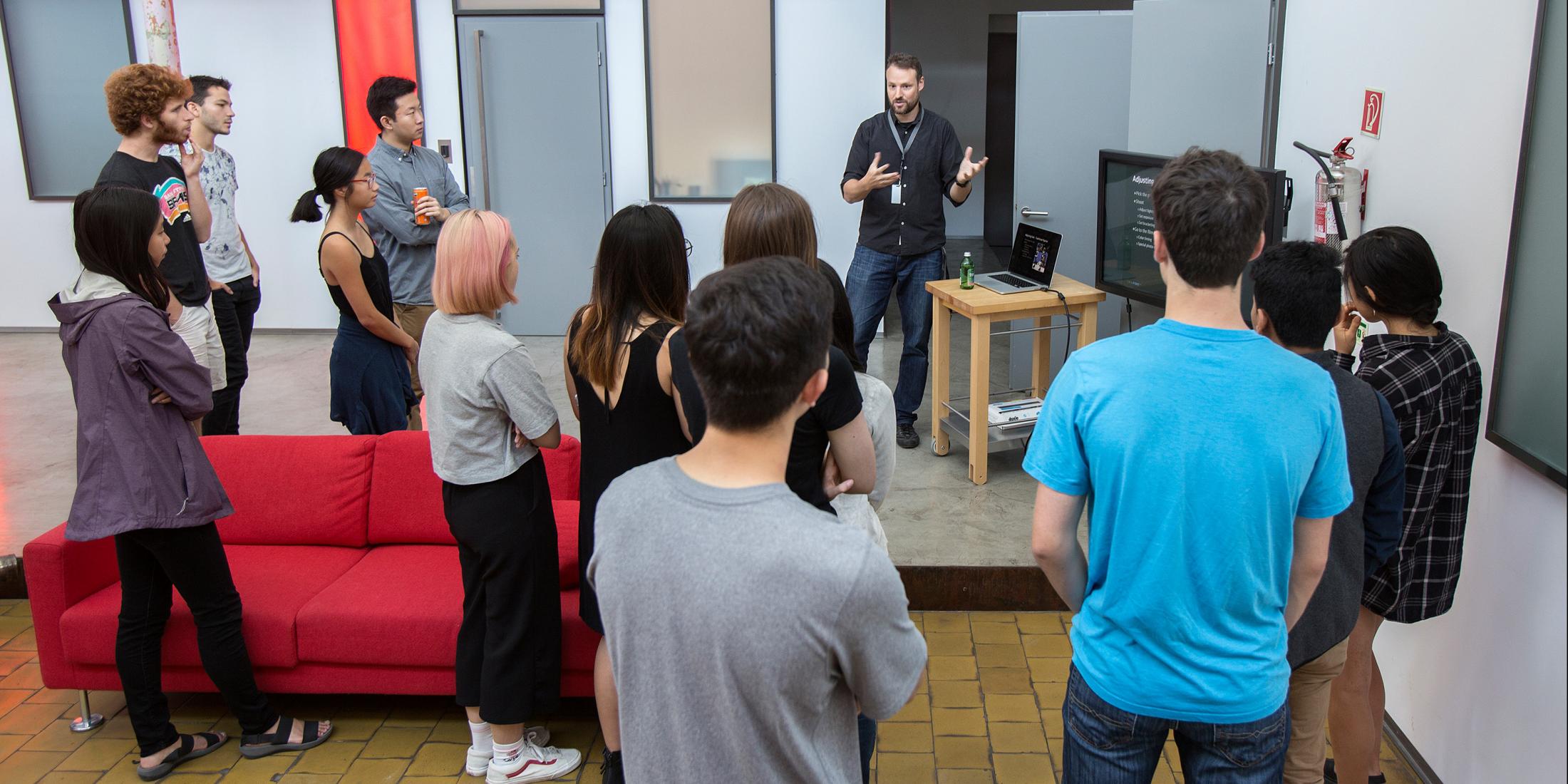Tailored to the needs of North American computer science and software engineering undergraduates in their sophomore through senior years, AIT offers semester-long programs to bridge the gap between the world of academia and business. Classes are taught in English by eminent Hungarian professors, many of whom have had teaching experience in North American universities. Teachers closely monitor each individual student's progress. Considerable time is devoted to problem solving and encouraging student creativity. Emphasis is on depth of understanding rather than on the quantity of material. The academic program is based on a philosophy of small and intimate classes, close collaboration of students and faculty, and hands-on work through group projects.
The program is made up by four course groups, each containing several different course offerings:
- Foundational Courses in Computer Science
- Advanced Applications
- Creative Design and Entrepreneurship
- Humanities Courses Related Hungary's rich cultural heritage
Students can select any combination of classes from the four main course groups. While the four groups contain classes in different areas of science, entrepreneurship and culture, the examples below illustrate how these are integrated within the AIT curriculum.
Example 1: Architectural Design Software
- Students will learn about the mathematical foundations of 3D modeling.
- Students will learn how to build a specific software product on that, such as 3D building modeling (BIM: Building Information Modeling). They will be confronted with the fact that less than 5% of such an application is dealing with 3D modeling, while the other 95% is indispensible in order to have a usable application.
- Students will understand the implications of building and running a company to market such a product.
- …and finally, as part of the humanities curriculum, students may learn about Central European architecture.
Example 2.: Computer Graphics and Visualisation
- Students will learn to utilize the necessary tools of linear algebra, such as transformation between different coordinate systems, and some basic results in physics, some laws of optics in particular, along with the principles of computer graphics, 2D and 3D modelling, animation systems, etc. in the course "Computer Graphics"
- In the course "Mobile Software Development" students will learn the special challenges and difficulties of developing software for mobile platforms. Energy consumption of certain visualisation algorithms on mobile devices and special considerations of creating visual interfaces for smaller displays will be discussed.
- In the "Design" course, students will apply some of the principles learned about surfaces in practice, working hands on with different materials while exploring the basics of creative design.
Example 3.: Introduction to Computational Biology
- AIT offers foundational courses, like Data Mining and the Structure and Dynamics of Complex Networks
- Students will learn about how to apply these theories to the complex task of decoding the human genome, and will become familiar with the IT challenges in computational biology and personalized medicine.
- Students may learn about the business model of IT companies capitalizing on this emerging industry.
- As part of Ernő Rubik’s design class, students will be guided through the history of great Hungarian innovations, including our contribution to the field of medicine, from Ignaz Semmelweis (pioneer of antiseptic procedures) to Albert Szent-Györgyi (discoverer of vitamin C).
In addition, a diverse range of extracurricular activities are offered for exploring the historic heritage and contemporary cultural life of Budapest and the region. Prior to the academic program a 2-week long "survival" Hungarian language course (not for credit) is also offered. This intensive language course is organized by a language school which charges a separate fee.


